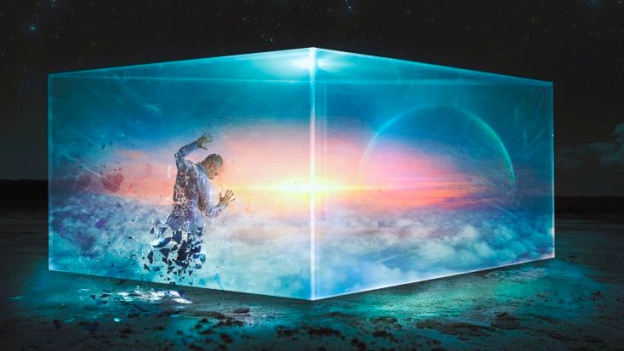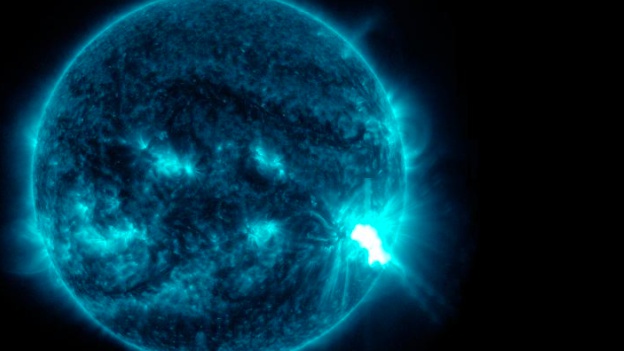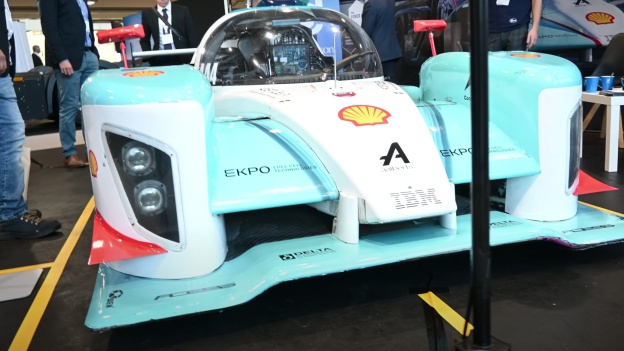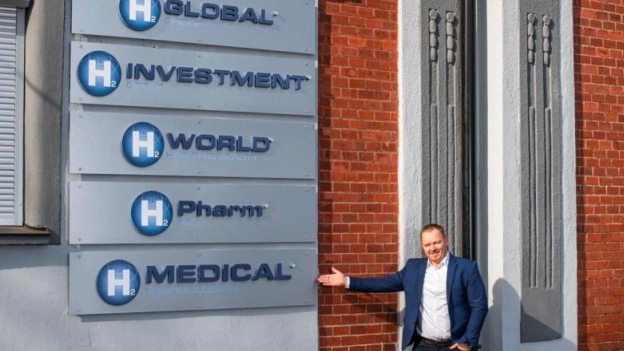Researchers in France have discovered huge underground reserves of natural hydrogen, known as white hydrogen. Estimates suggest that a deposit in the Lorraine Basin in north-eastern France may hold up to 250 million tonnes of the gas. That would be enough to meet global demand for two years.
The discovery itself was actually an accident. Earlier this year, Professor Jacques Pironon was searching for methane in the Lorraine Basin. It's mixed with other hydrocarbons and used in industry as a gaseous fuel. But then he and his colleagues made an unexpected discovery. About 3,000 metres underground, they found a vast deposit of hydrogen, the BBC reports.
"We call this a coincidence," mentioned Professor Pironon, director of research at France's National Centre for Scientific Research (CNRS) at the University of Lorraine.
Hydrogen is considered one of the most progressive energy sources today. When used as a fuel or in industrial processes, it produces no CO2. However, it is mostly produced in a less than environmentally friendly way.
The research project in Lorraine was originally due to end this year, but due to interest from central and regional government it will continue in 2024.
"We think that methane is produced in coal seams, while hydrogen is produced at great depth. We need high temperature and it increases with depth. We consider a suitable temperature to be 150 to 200 degrees. We could find this range between five and six thousand metres," Jacques Pironon told PV magazine.
According to the first results, the coal seam samples at 600 metres show 1 per cent hydrogen, while at 1,250 metres they show 17 per cent. Scientists expect the proportion to double further at 3,000 metres because "the proportion of white hydrogen in the subsurface should increase linearly".
The discovery in France is estimated to represent the largest naturally occurring deposit of the gas ever found. Natural deposits could be an important source of the purest form of hydrogen, known as gold or white hydrogen.
But France is far from the only country where underground deposits of hydrogen are found. One small well is already operating in Bourakébougou in western Mali and large deposits are also thought to exist in the US, Australia, Russia and a number of European countries. But not all will be easily exploitable. As Geoffrey Ellis, a United States Geological Survey (USGS) research geologist who has modelled the amount of geological hydrogen, told the BBC, "This is a global model and the vast majority will be inaccessible - they are too deep or too far offshore or in too small accumulations to be economically viable to get to."
The USGS estimates that the amount of available underground hydrogen could be around 100,000 megatons, which could be hundreds of years of reserves.
Photo - source: X/ pv magazine
Source: https://www.pv-magazine.com/, www.francaisedelenergie.fr






























